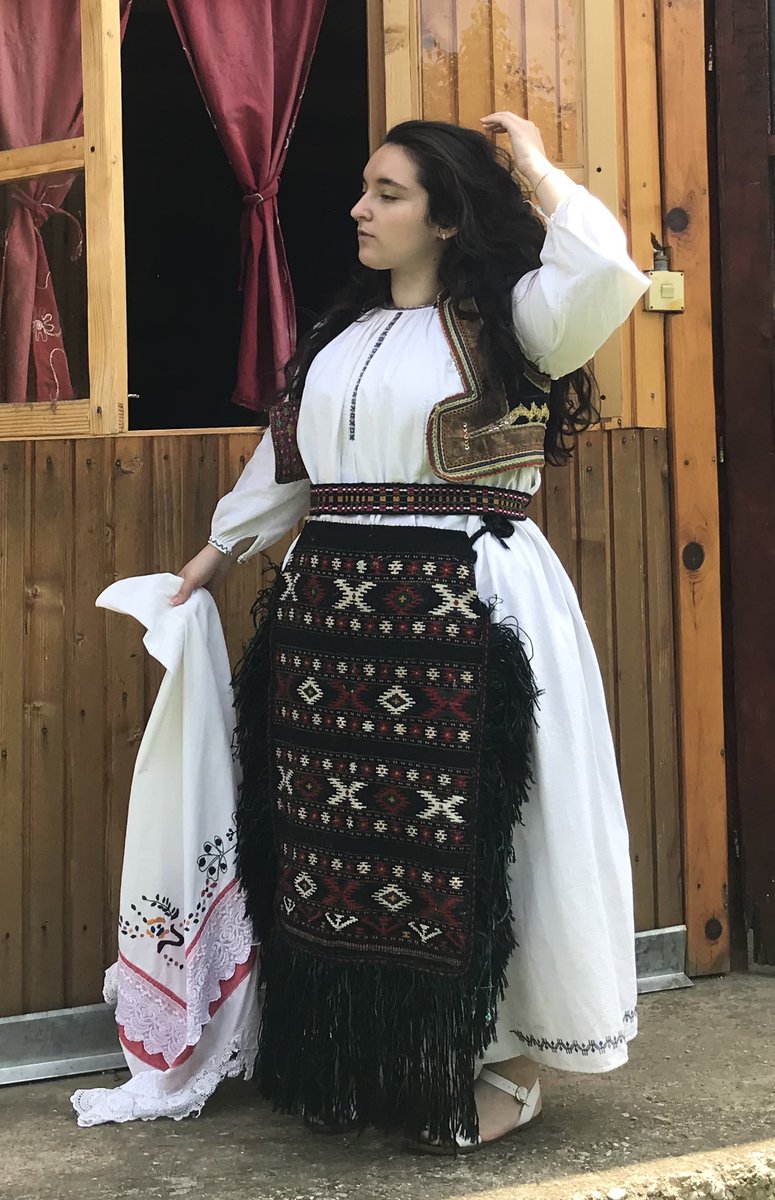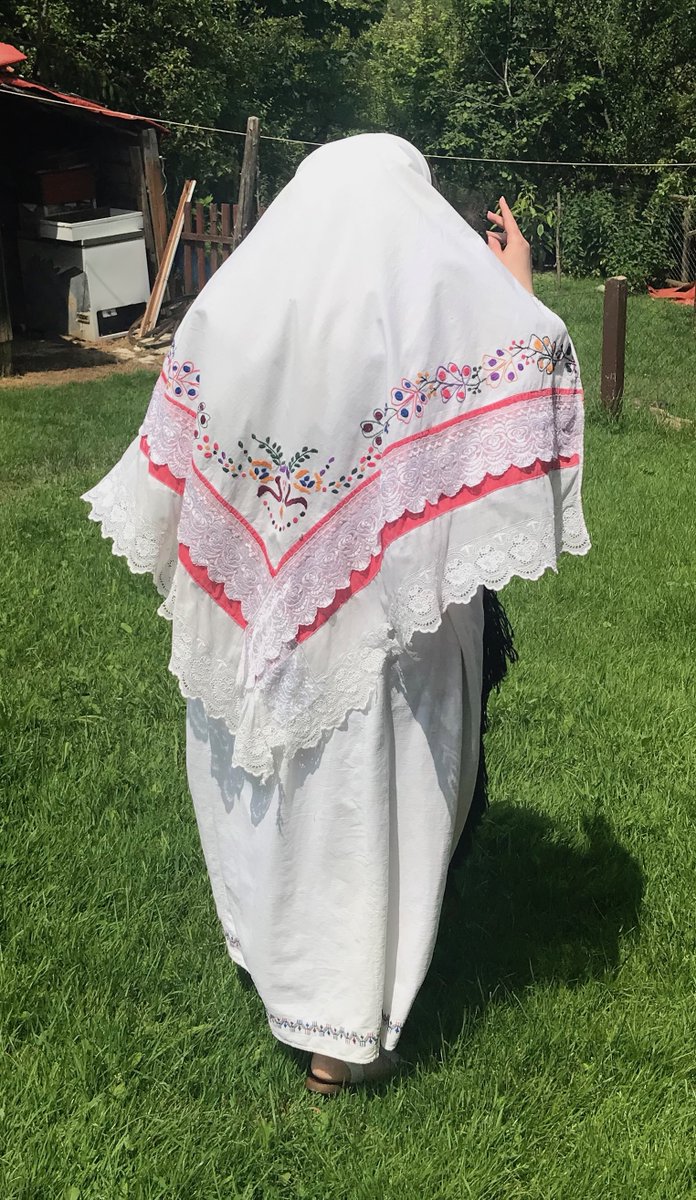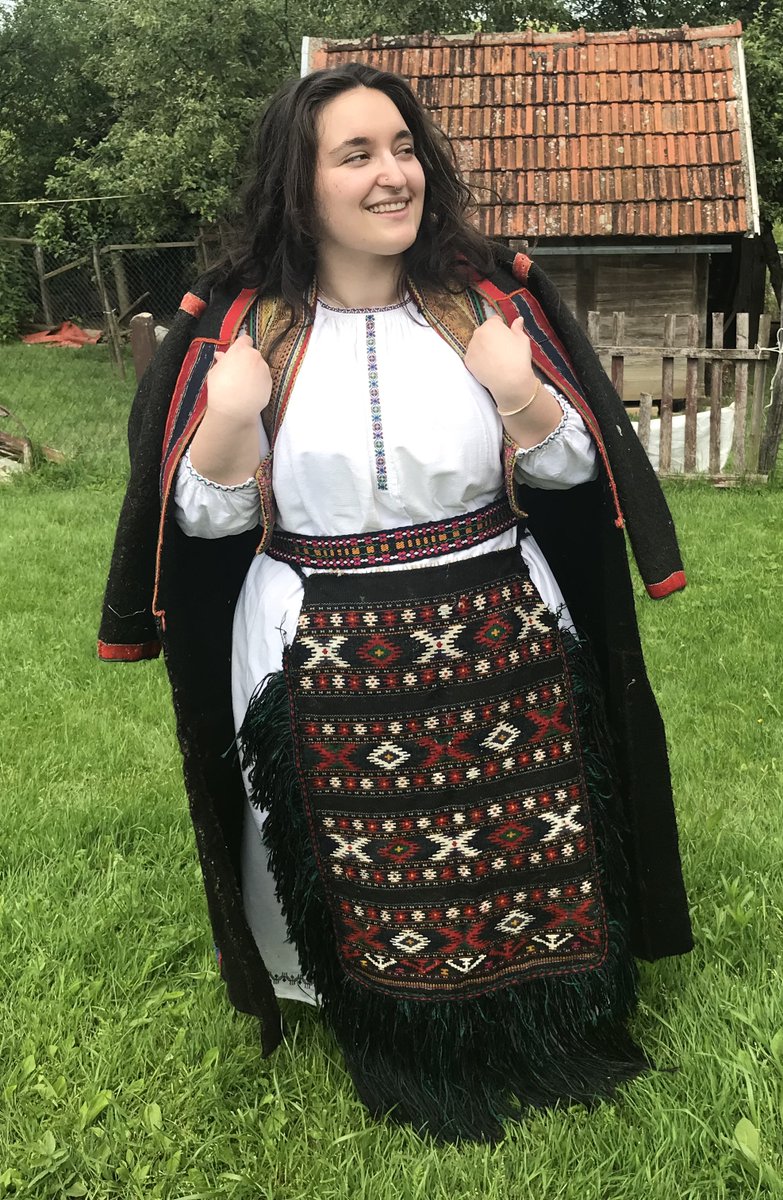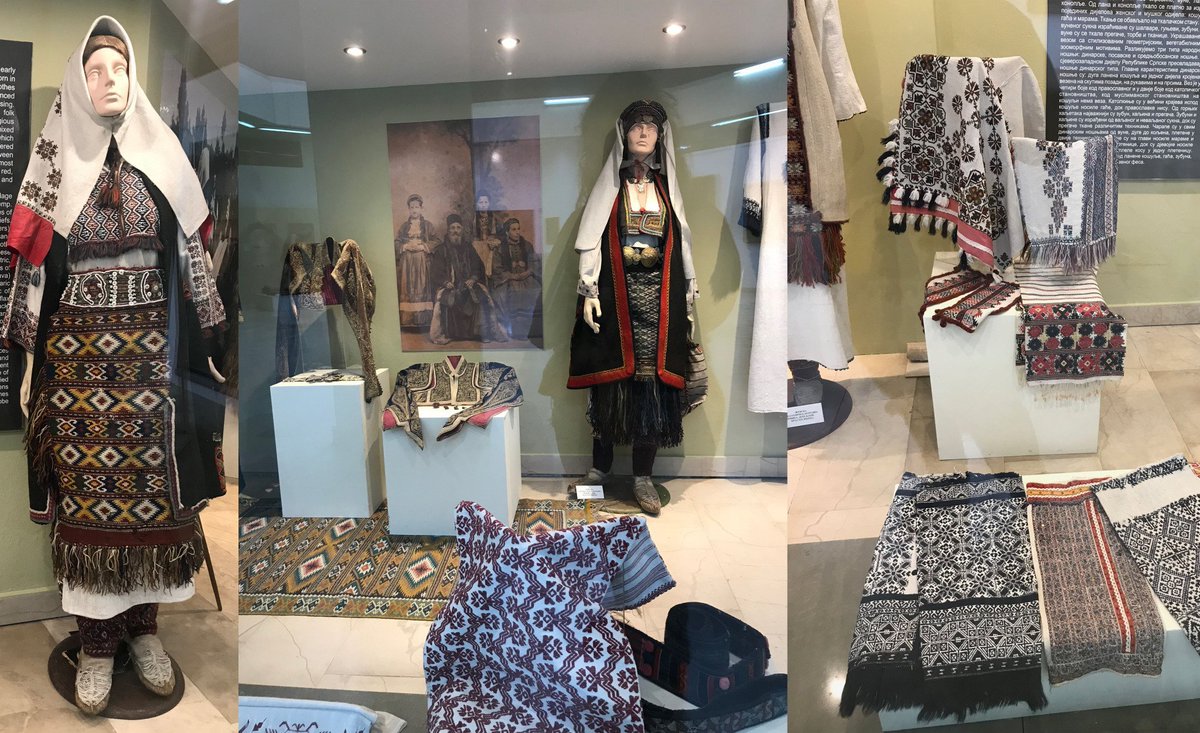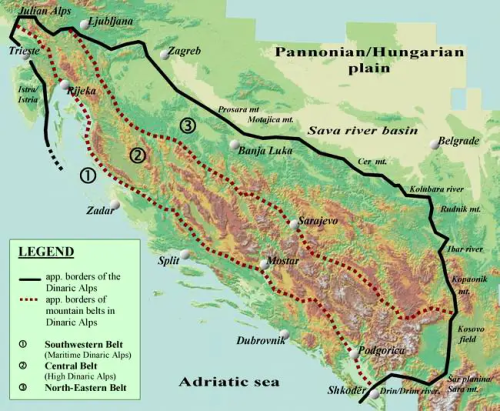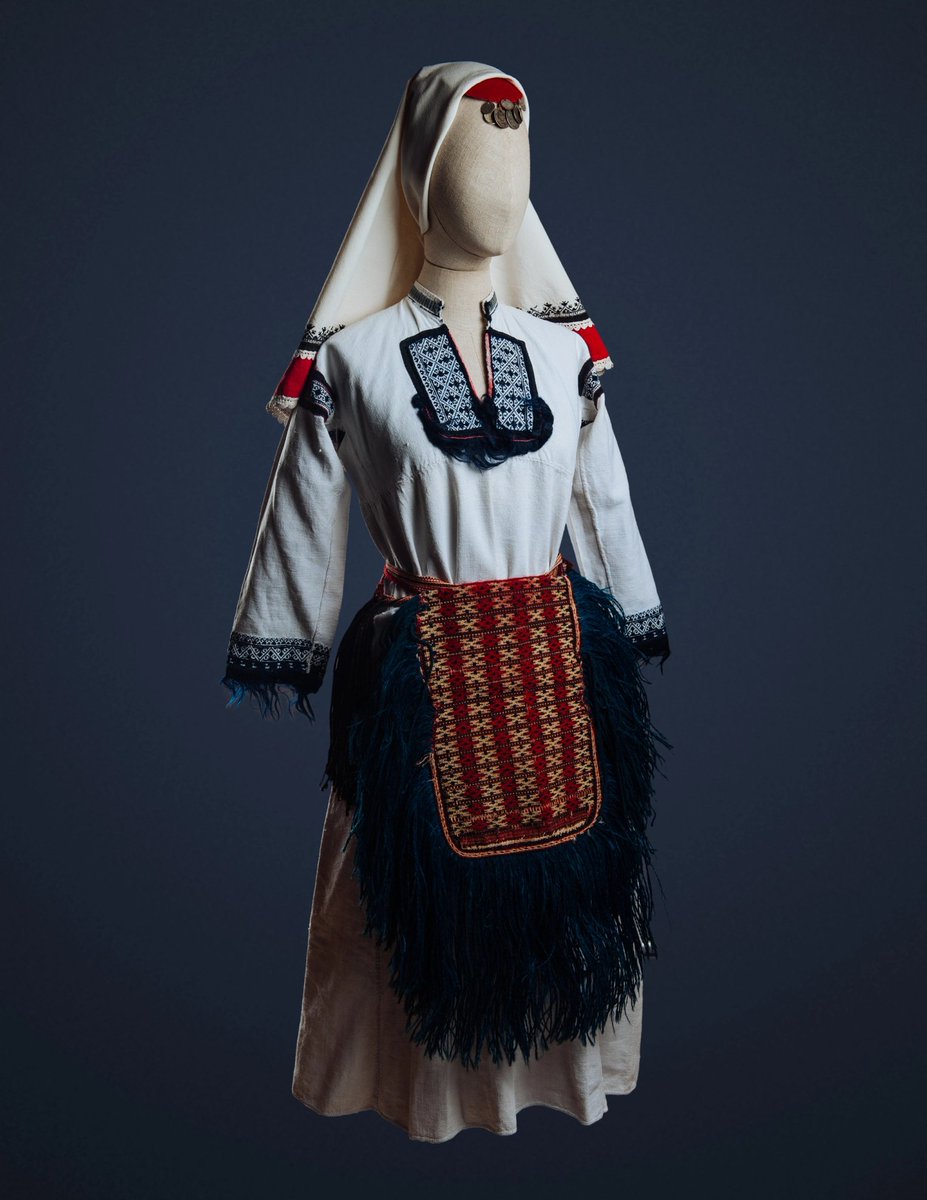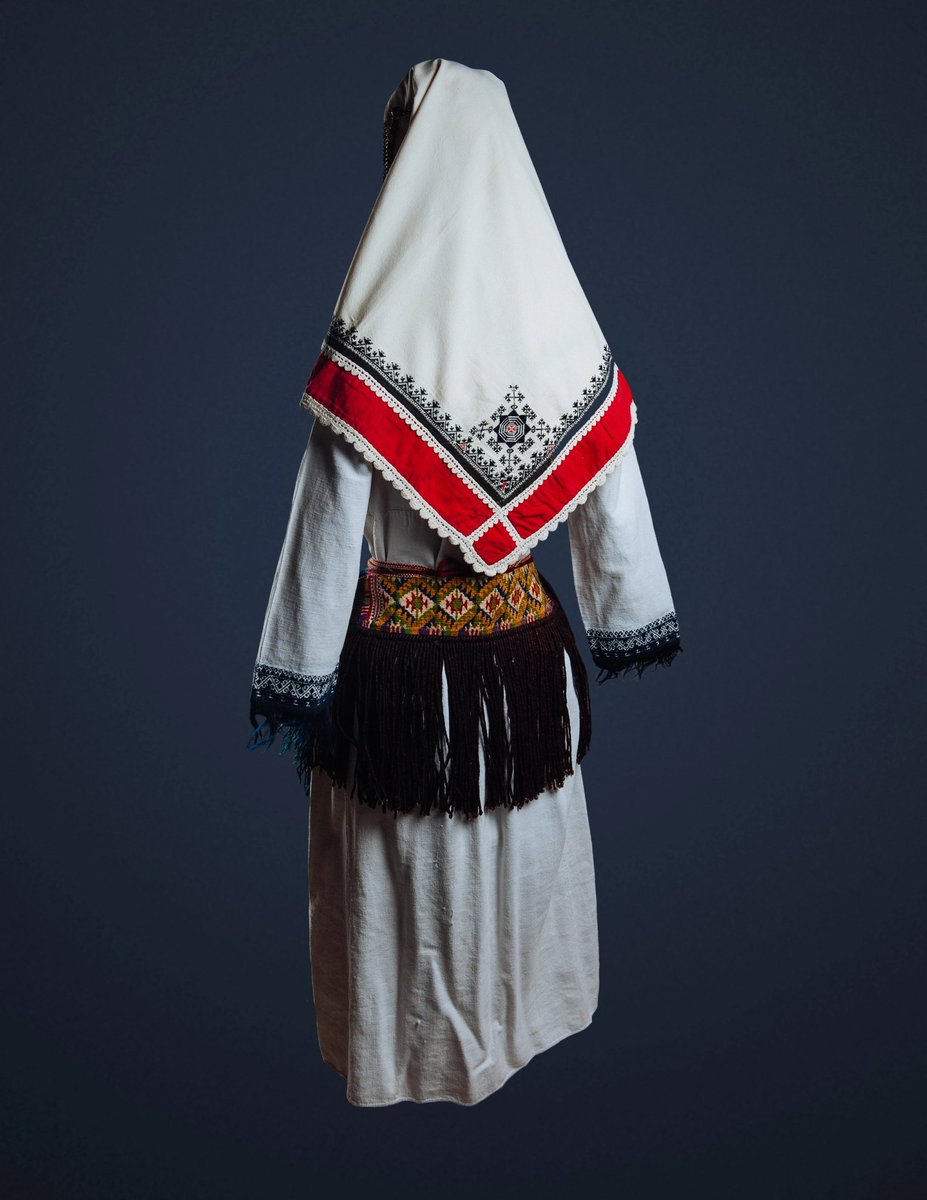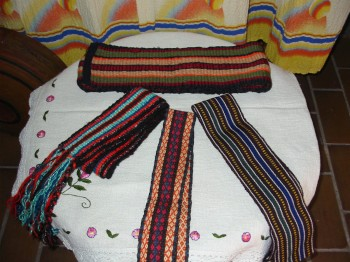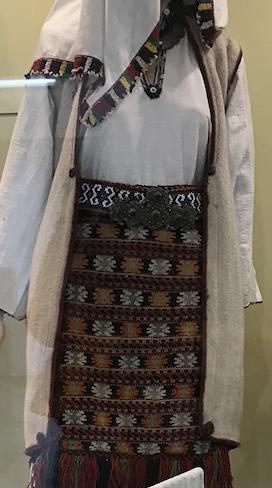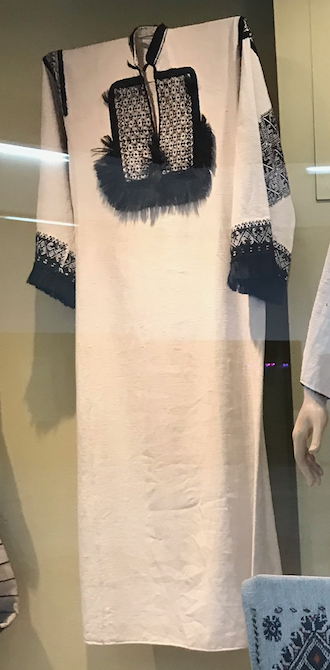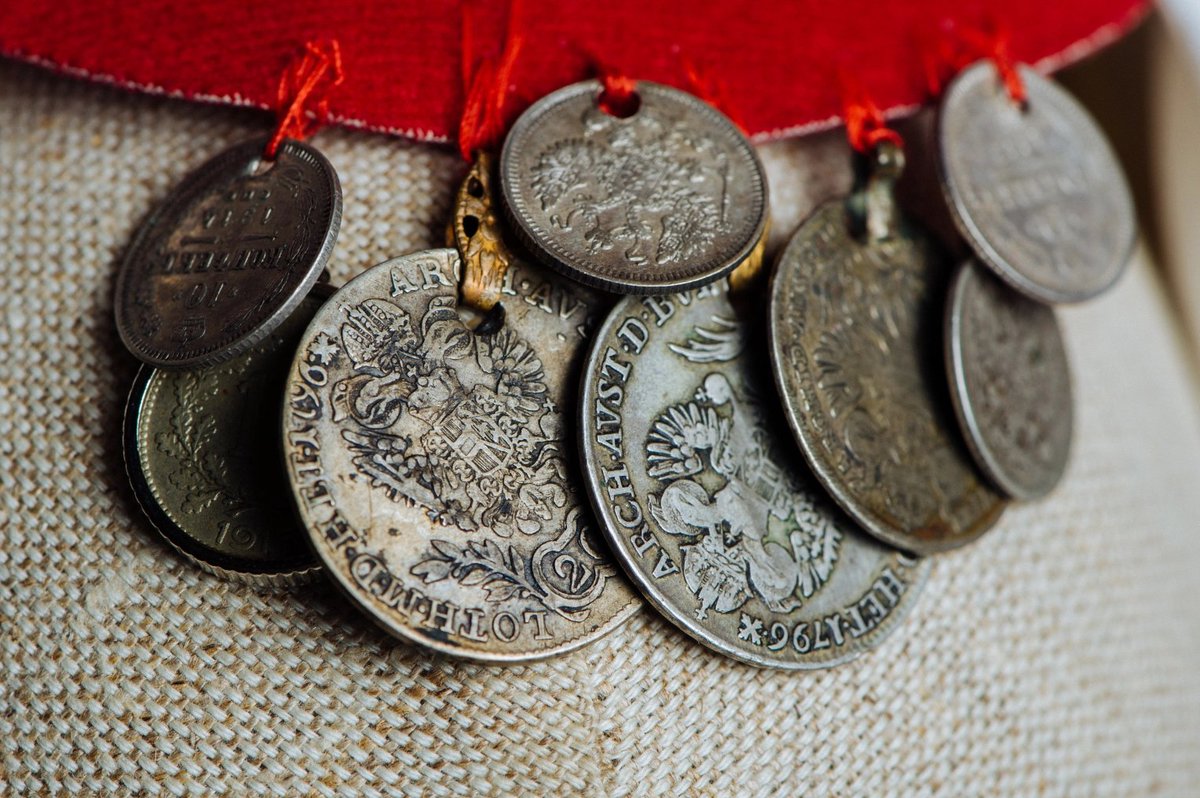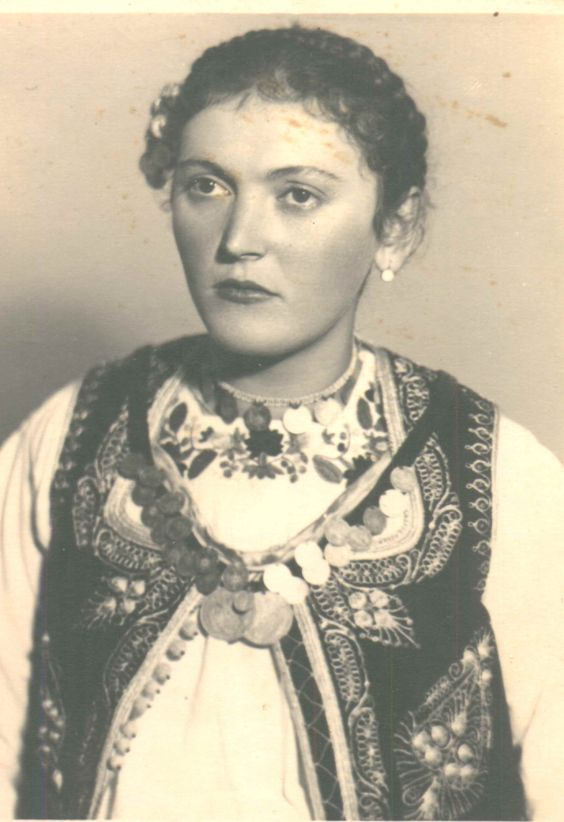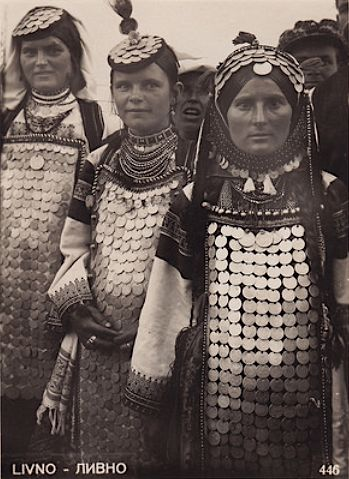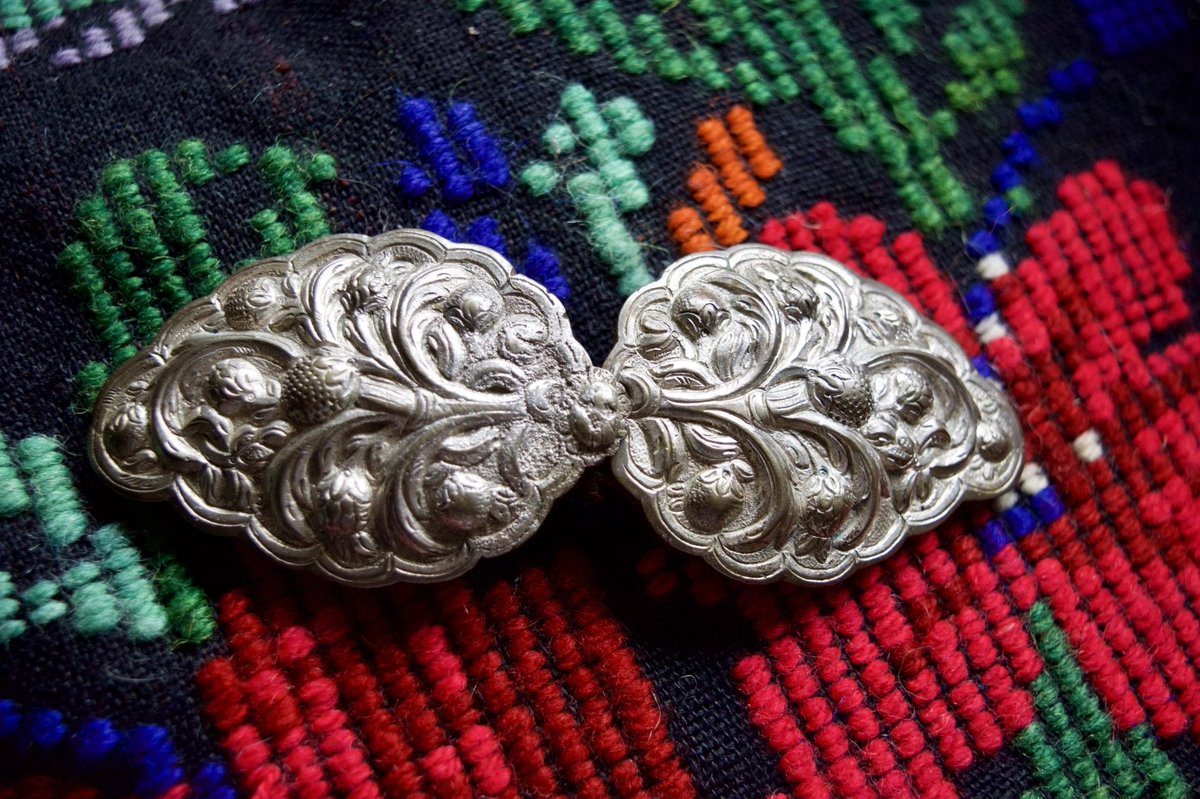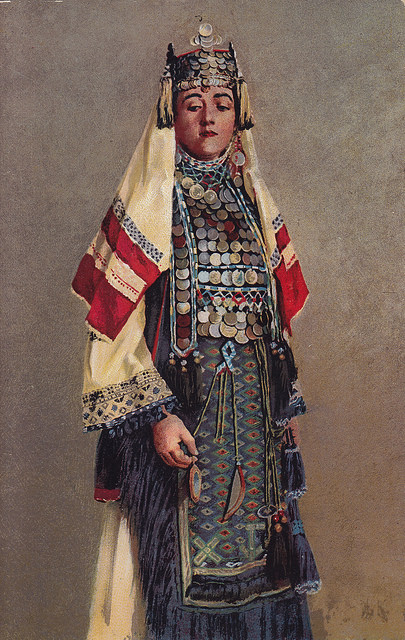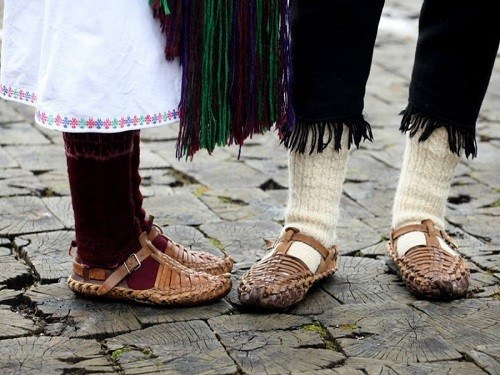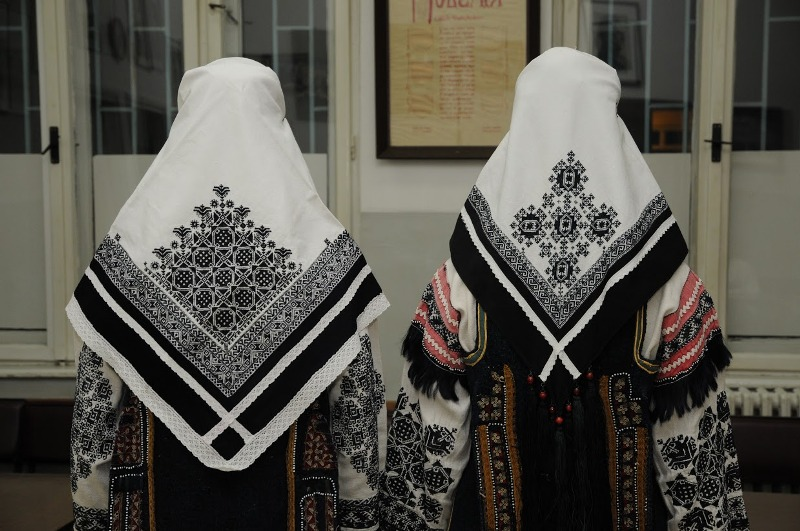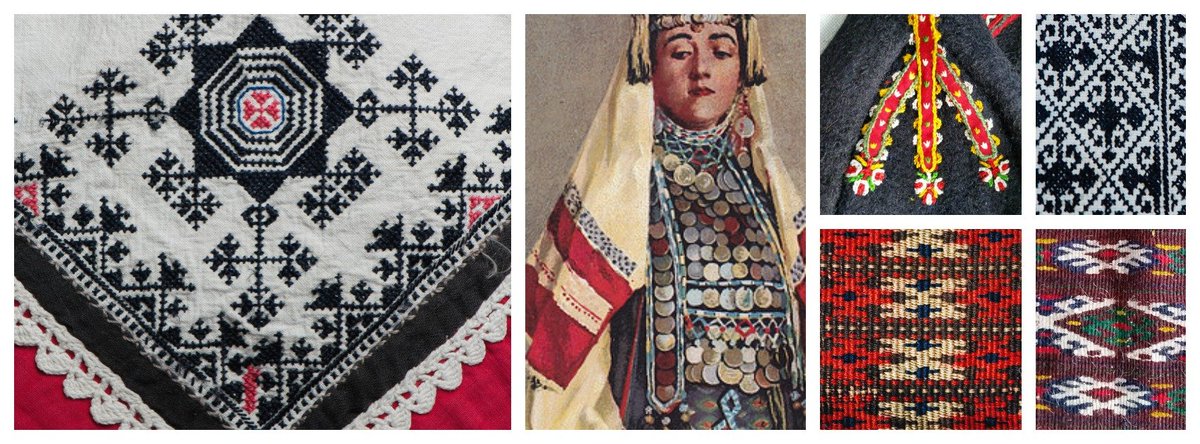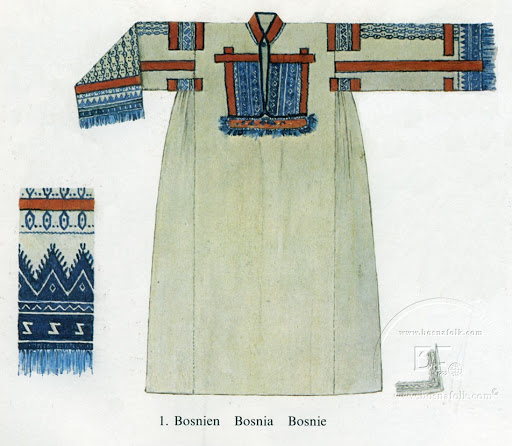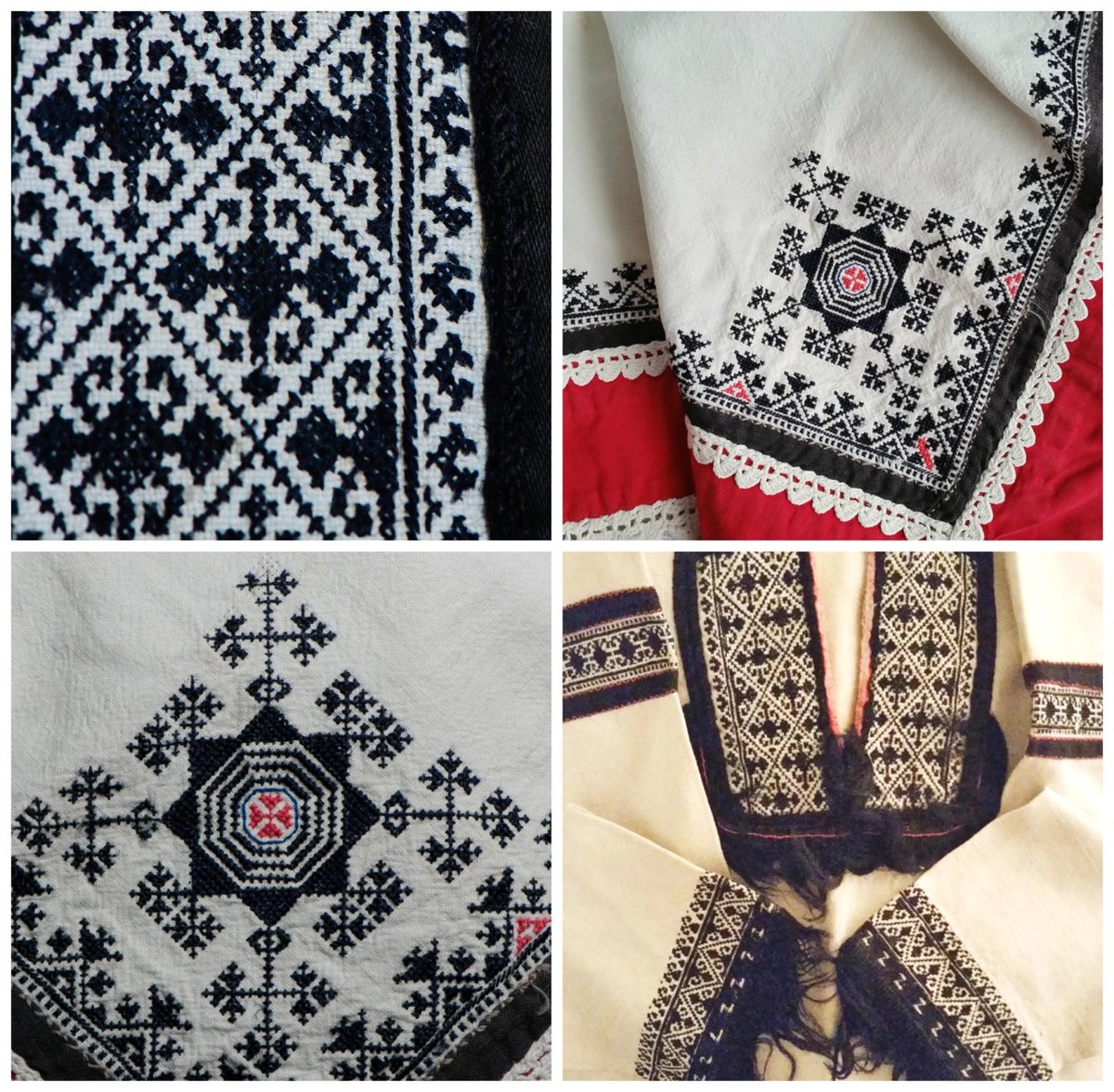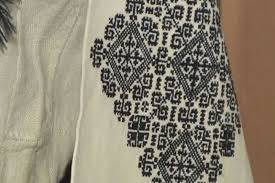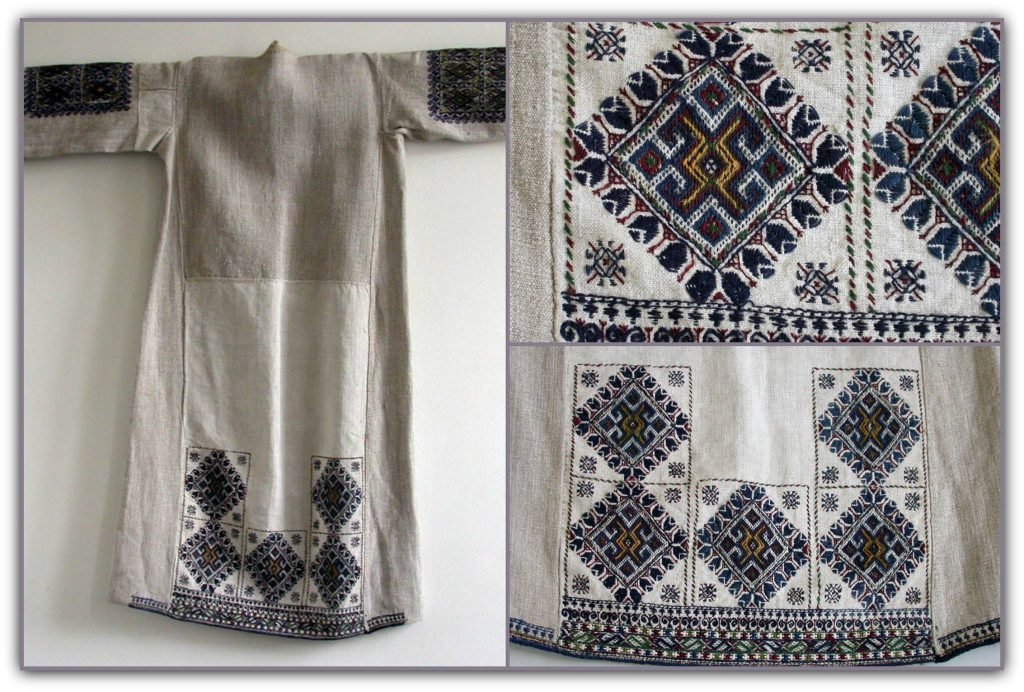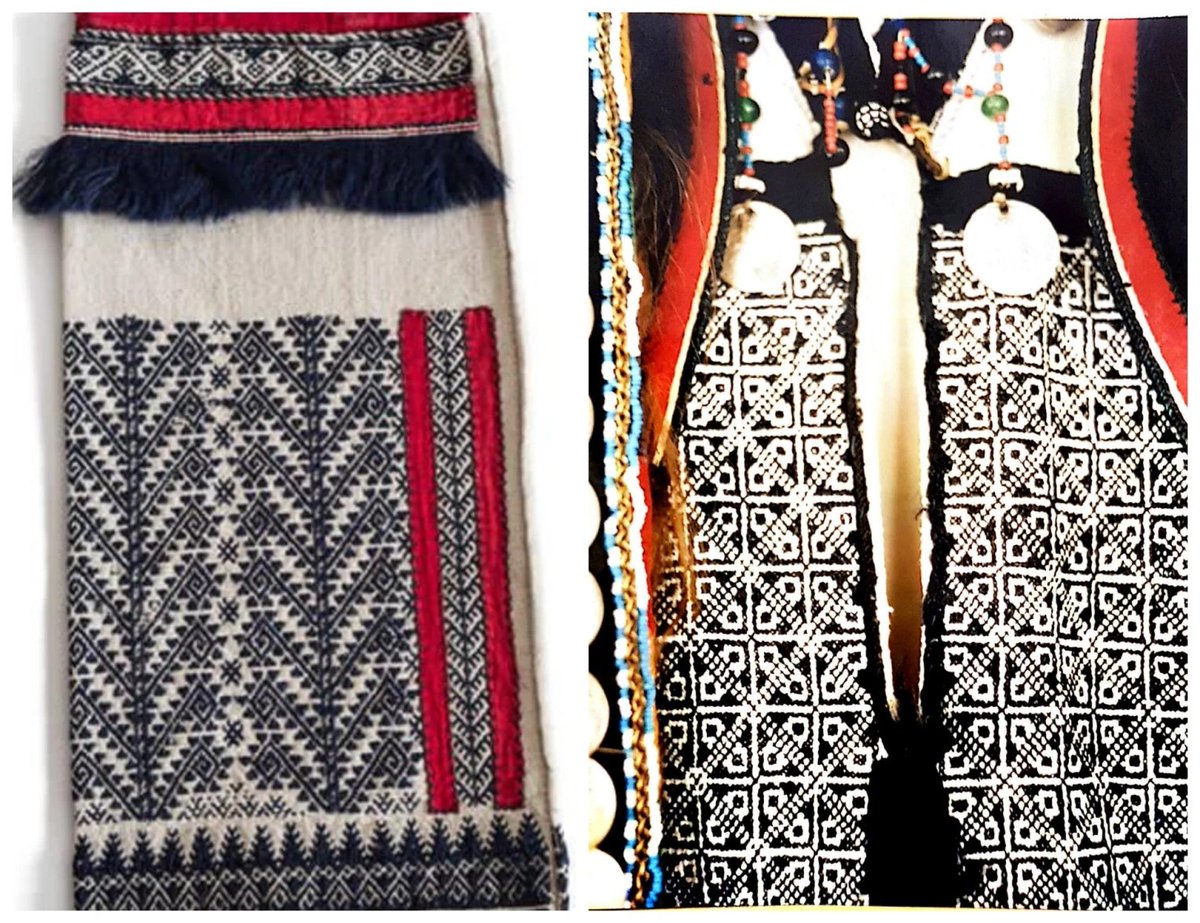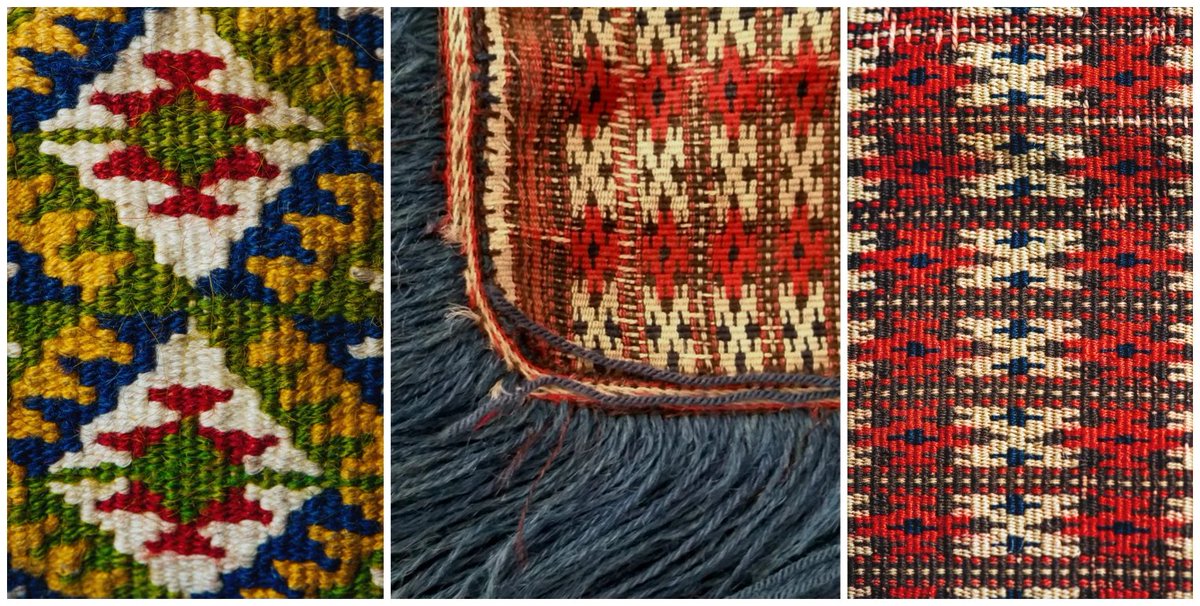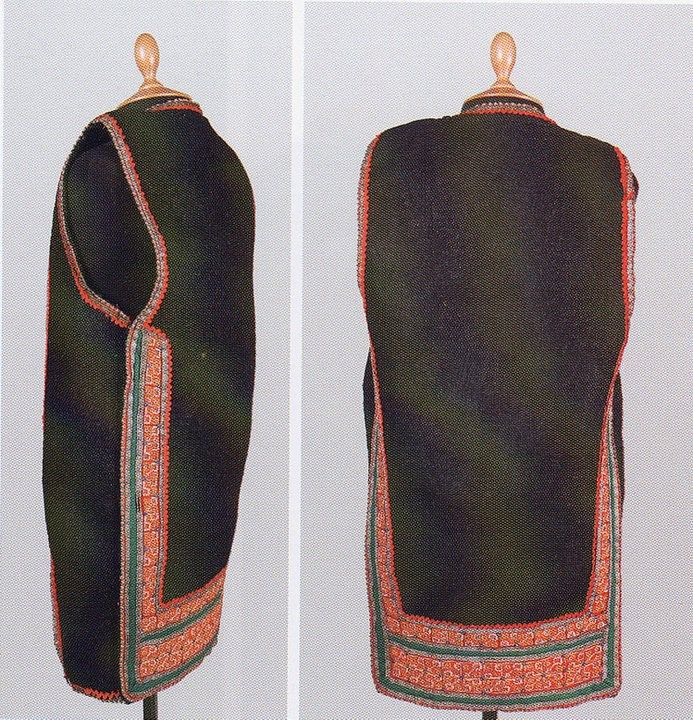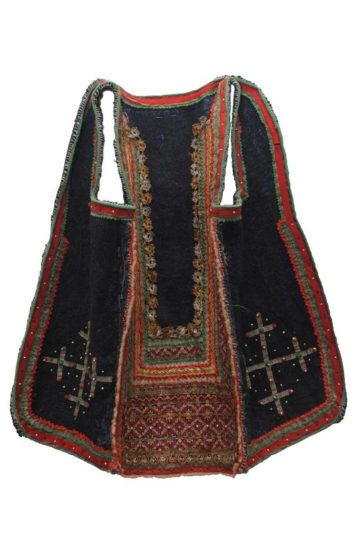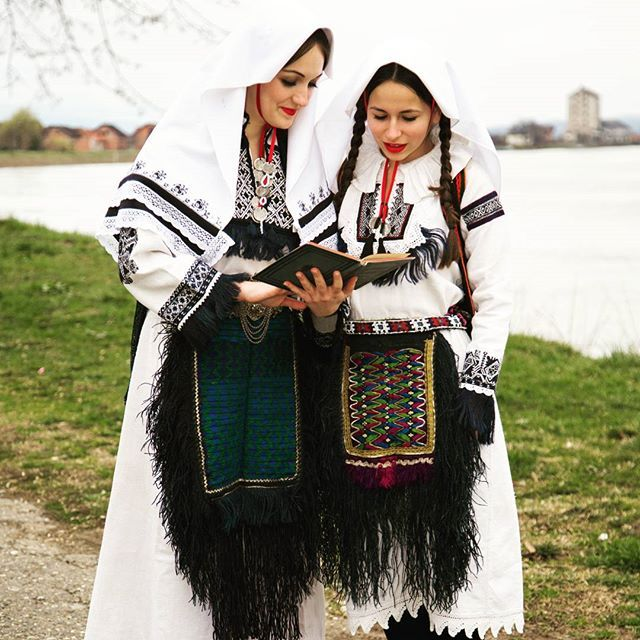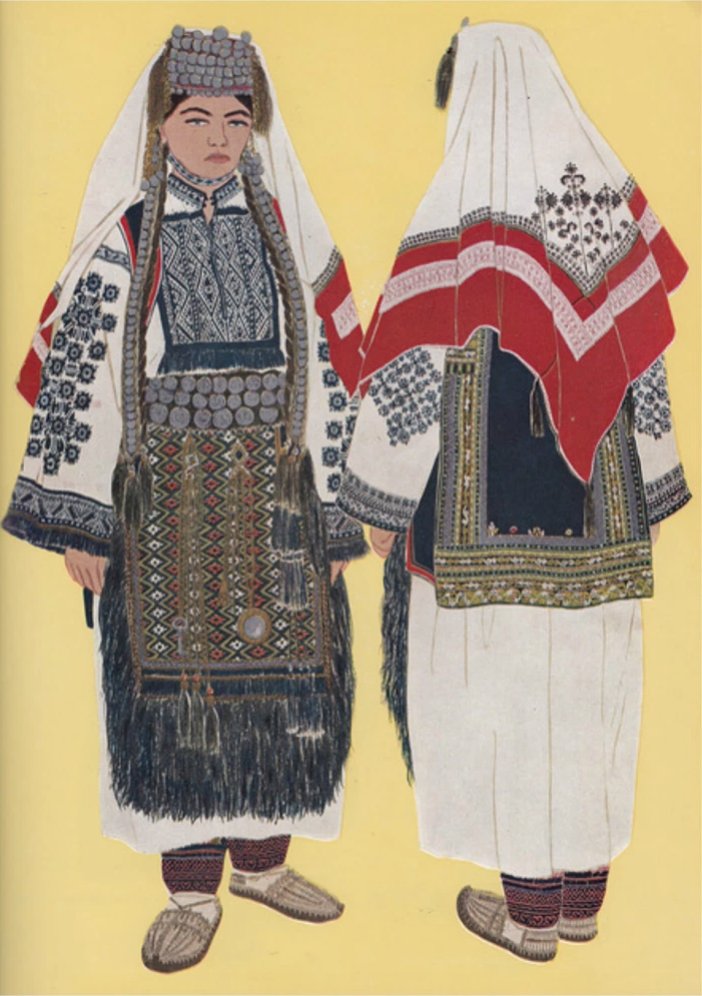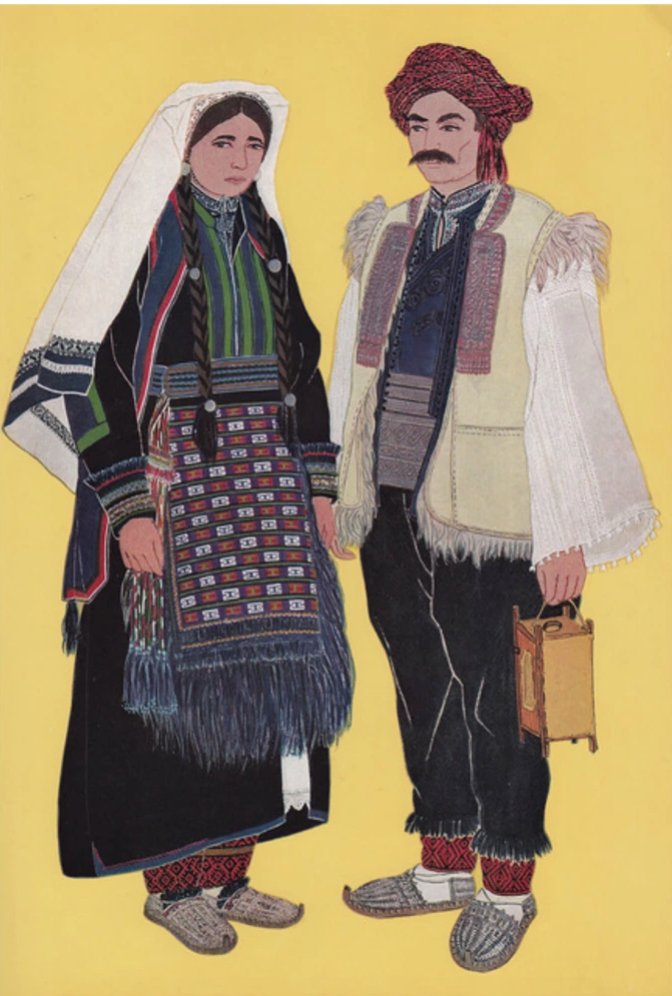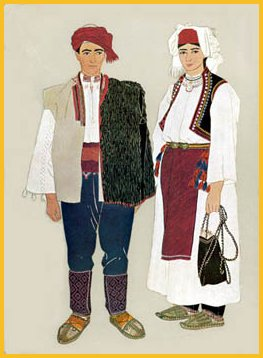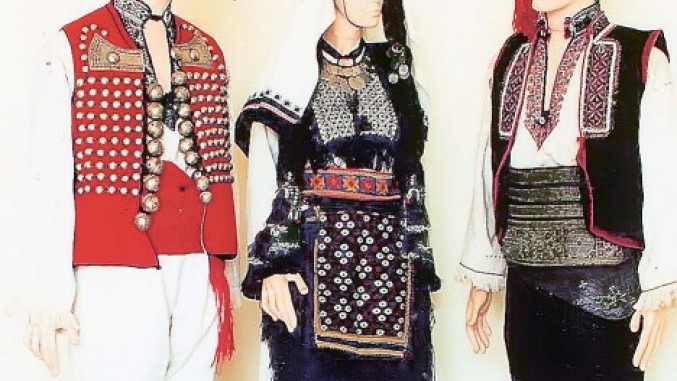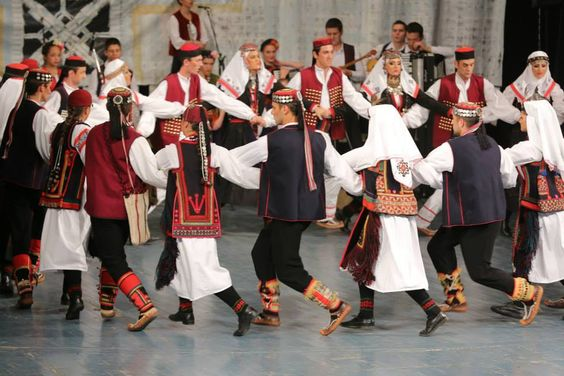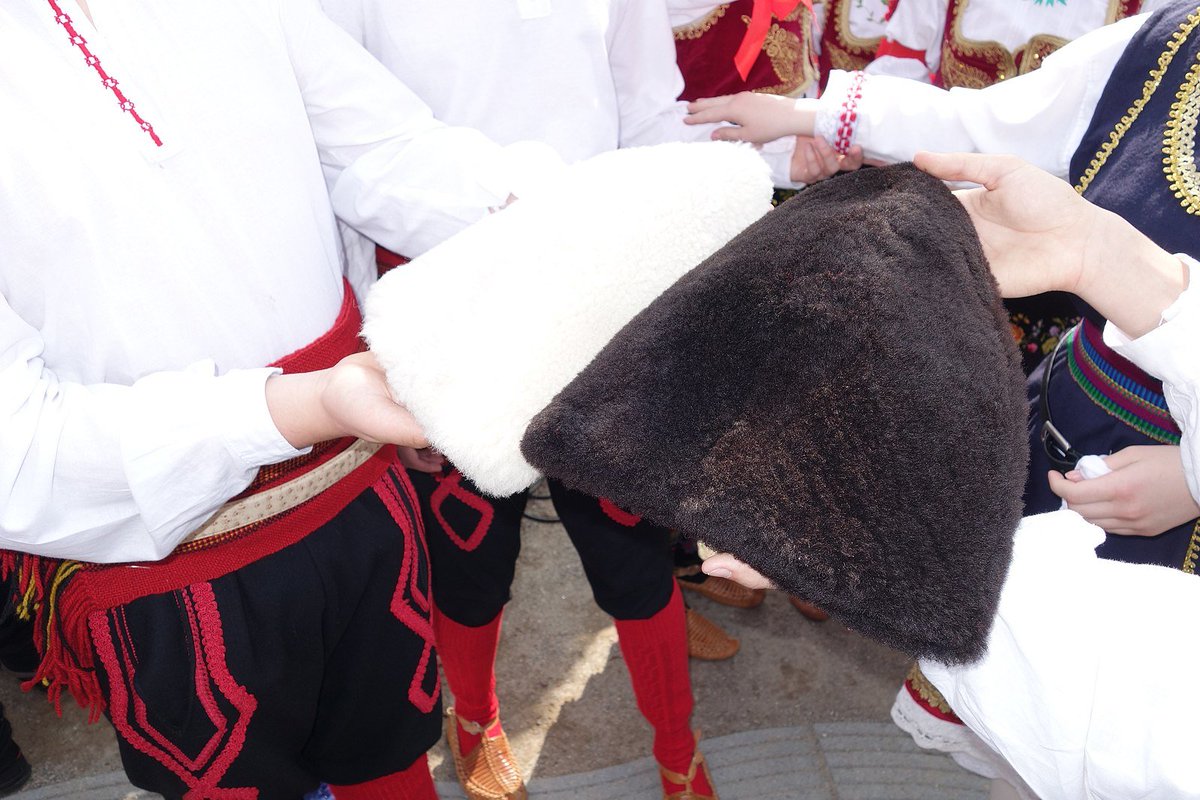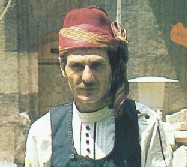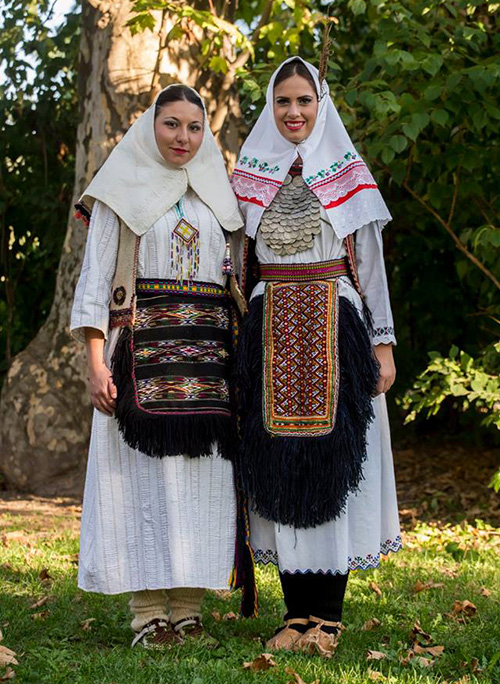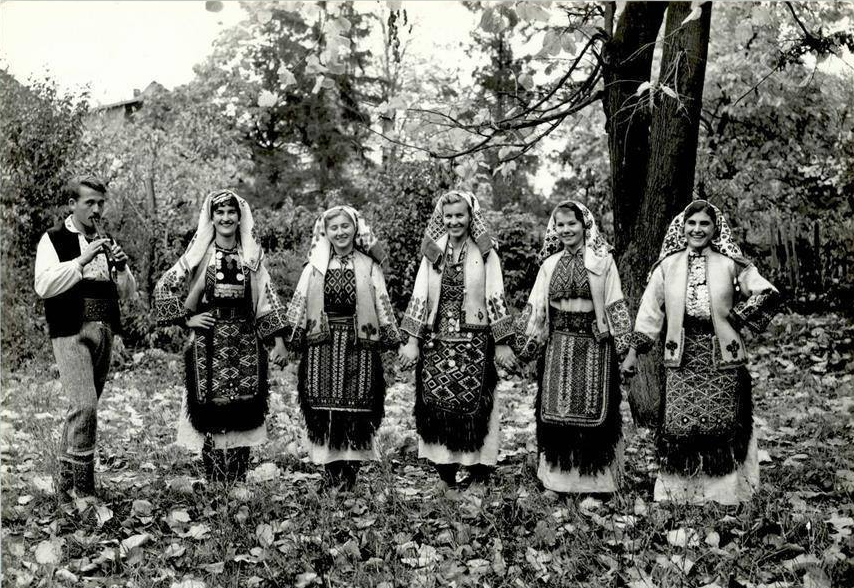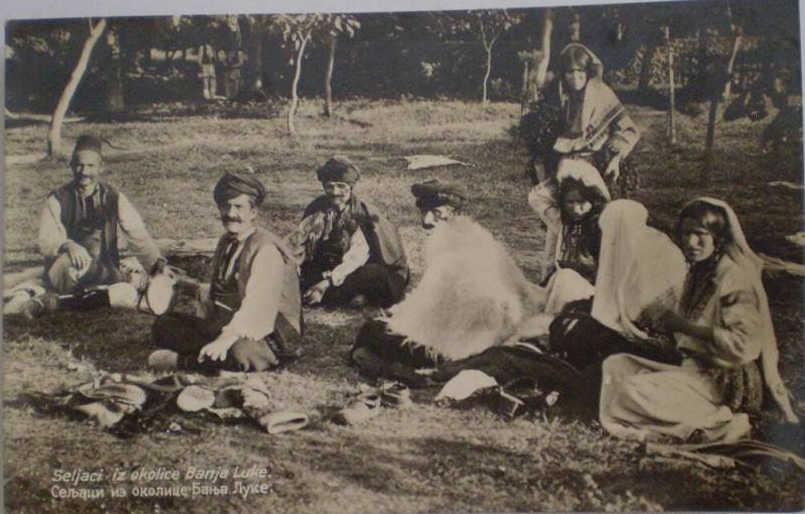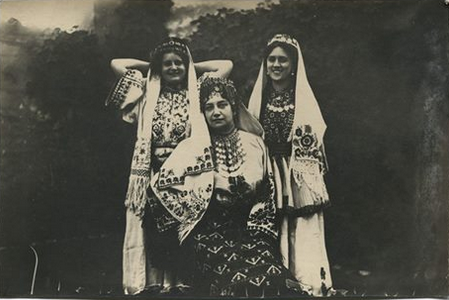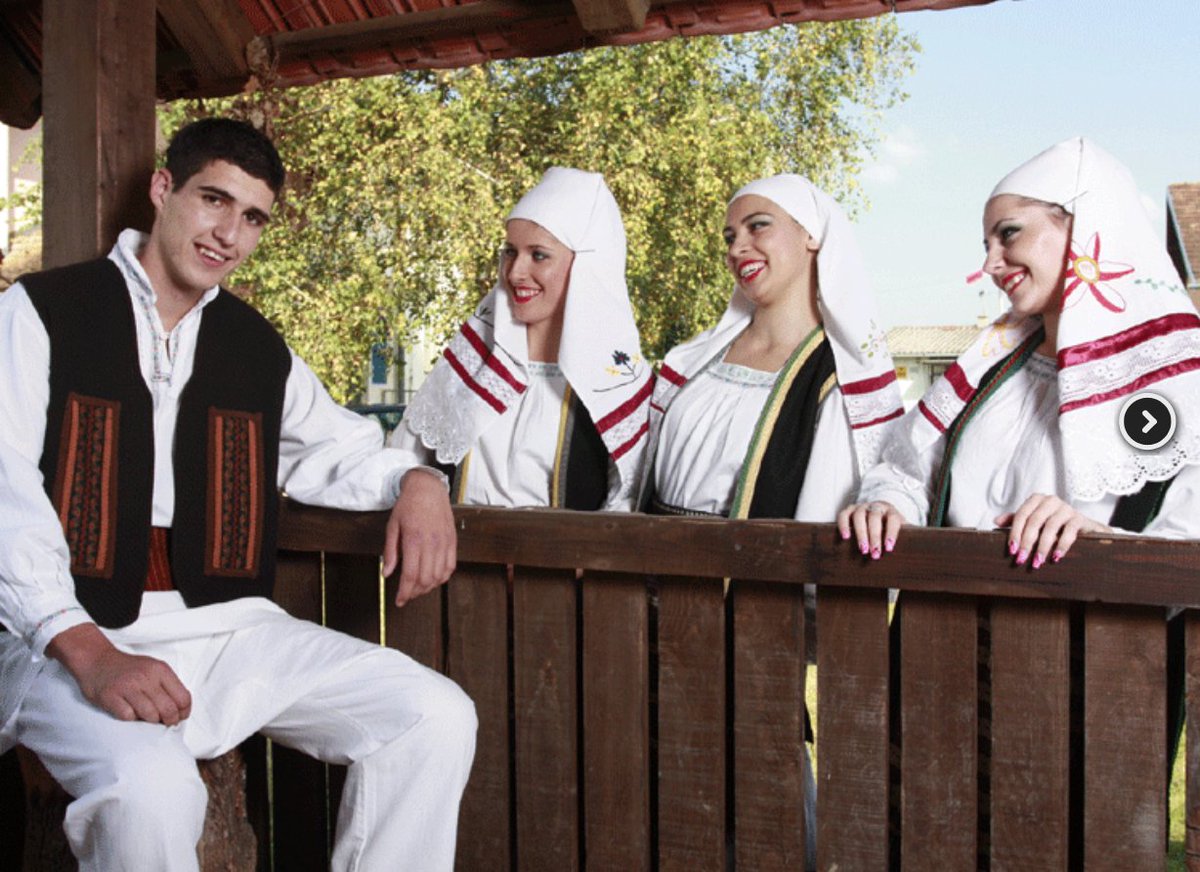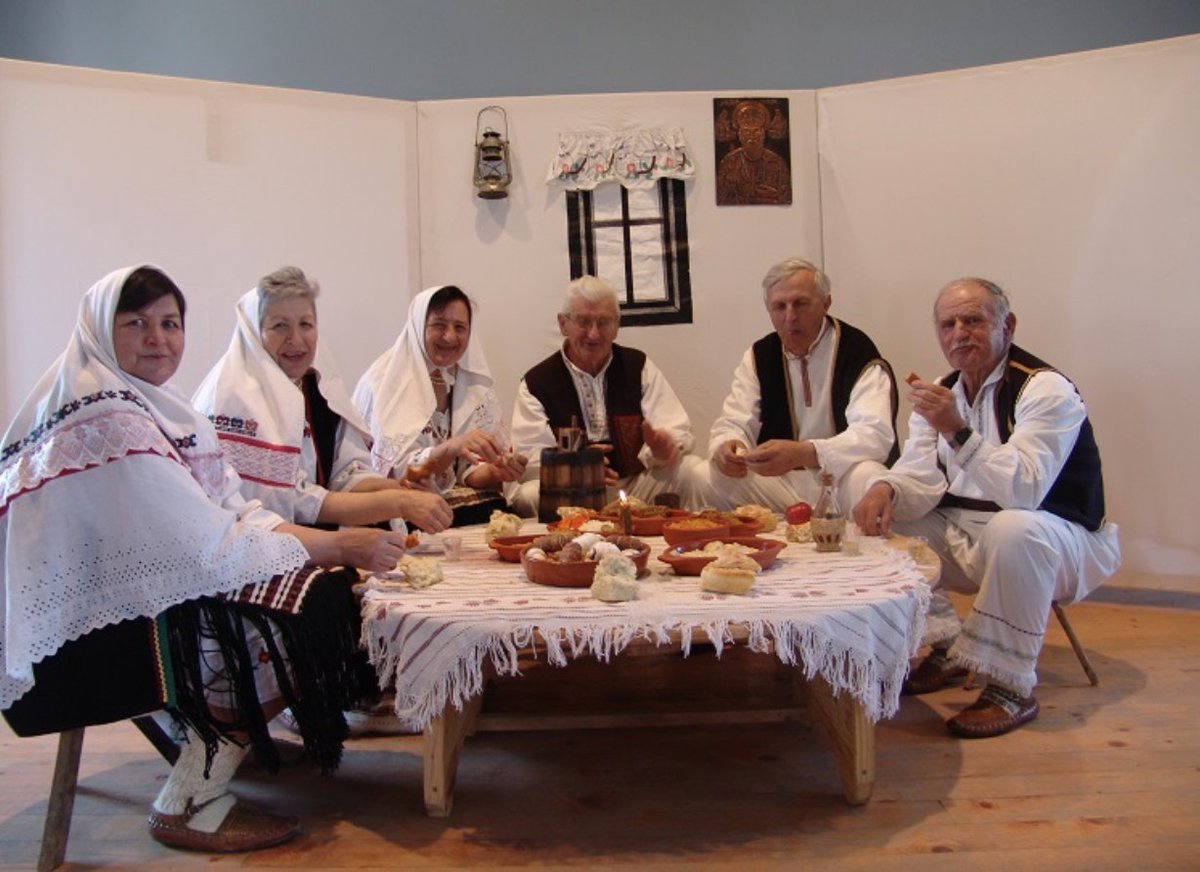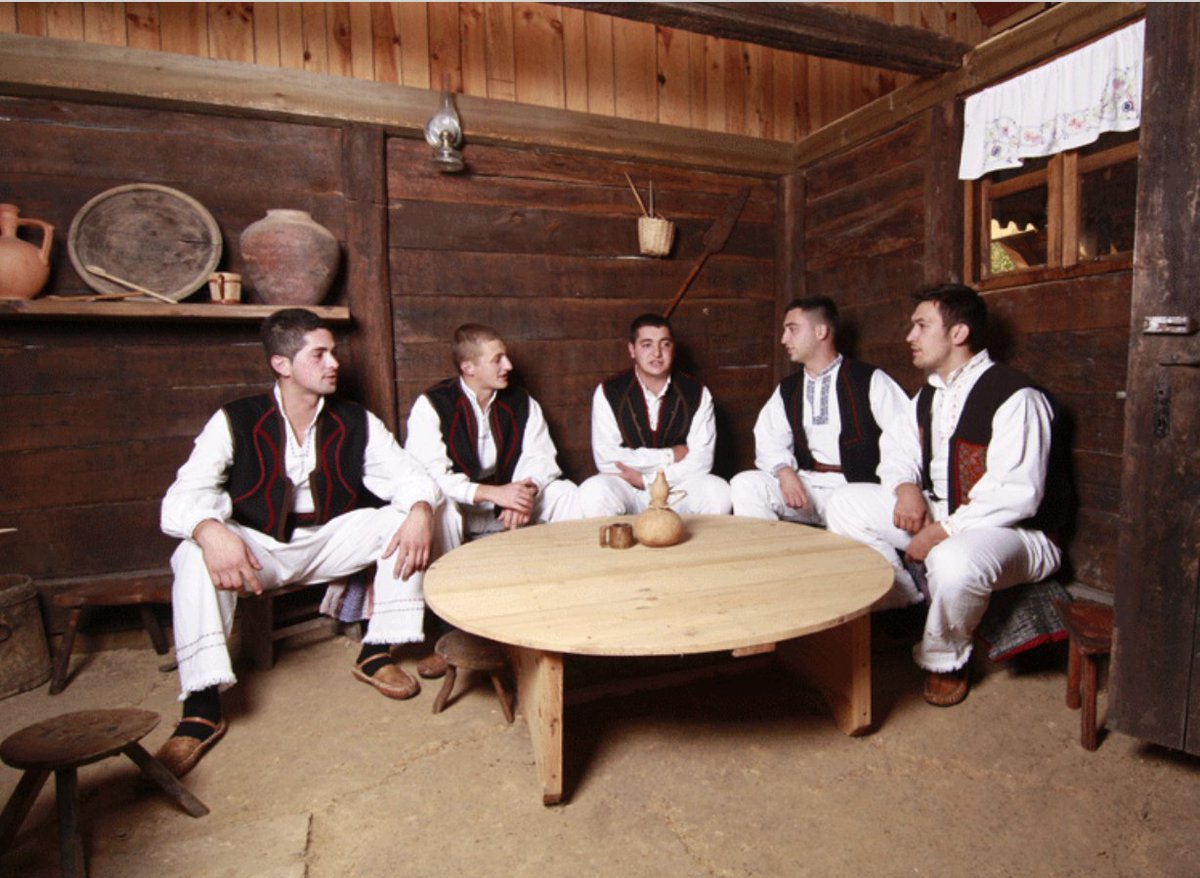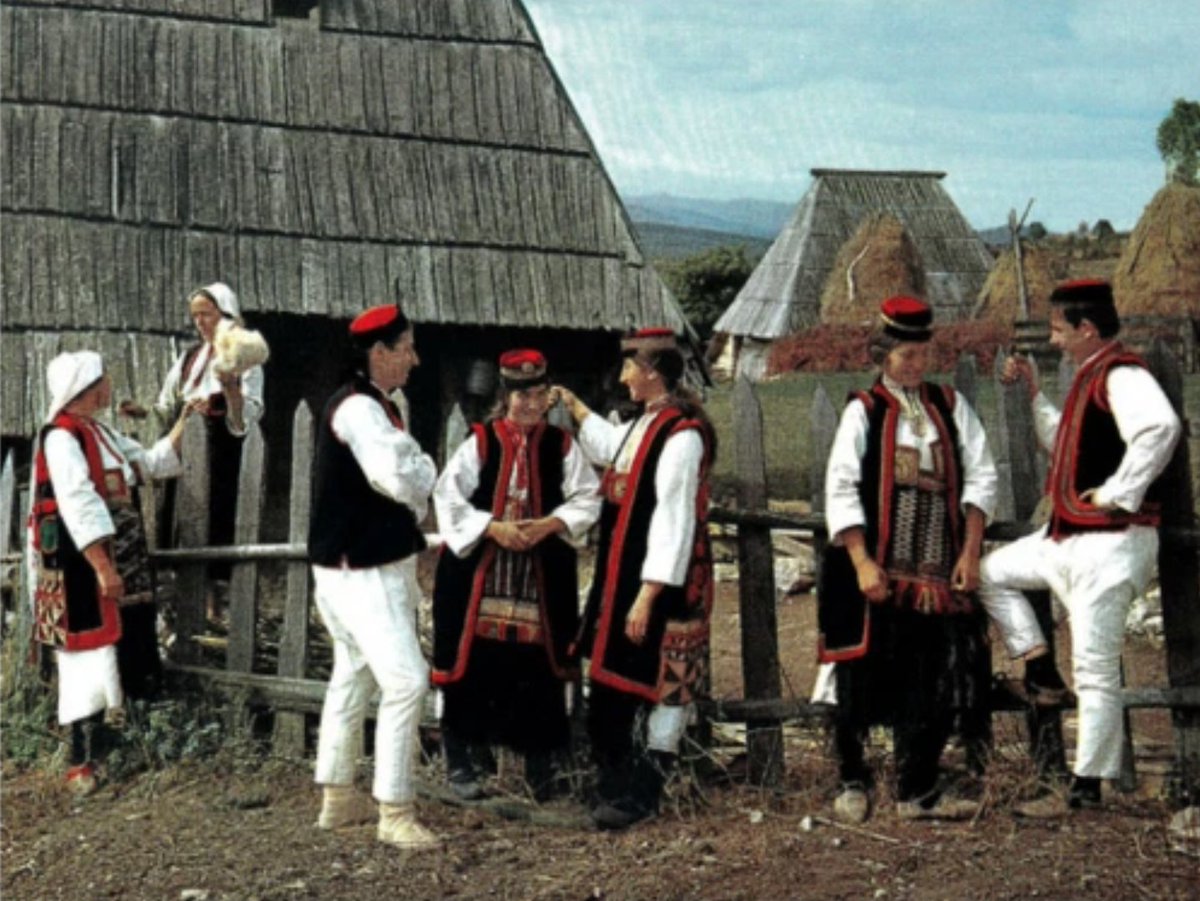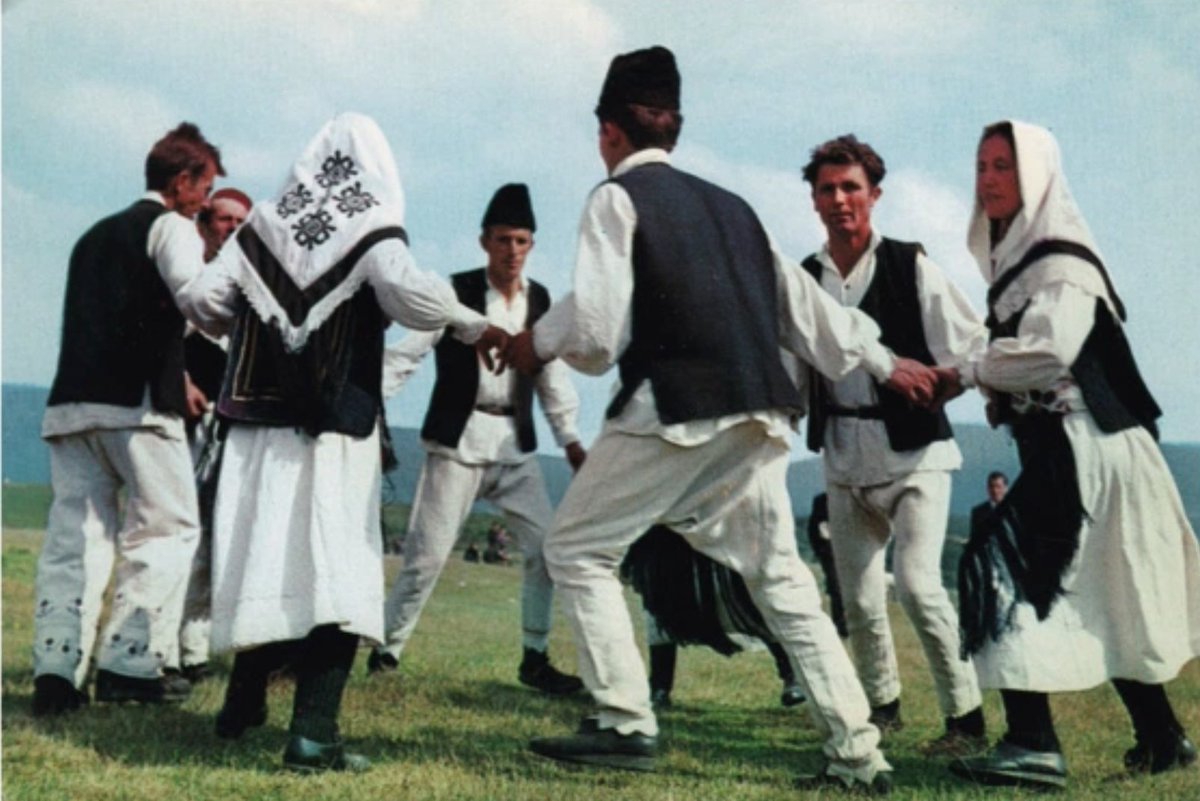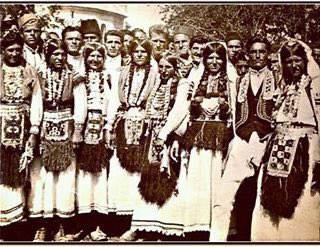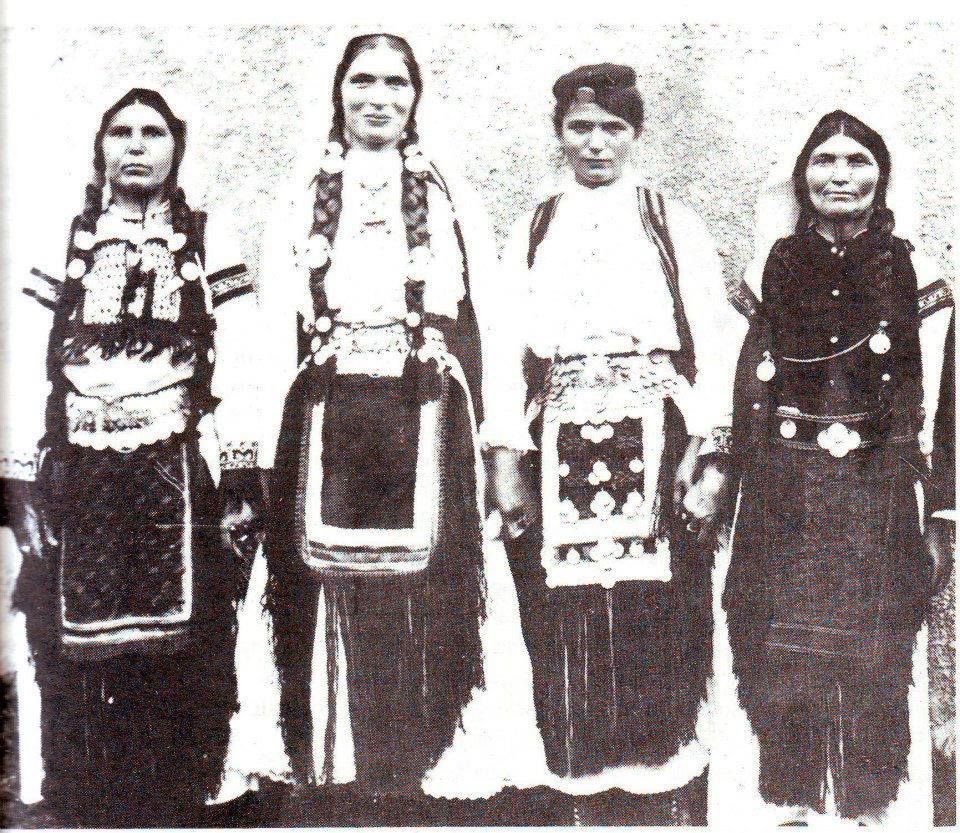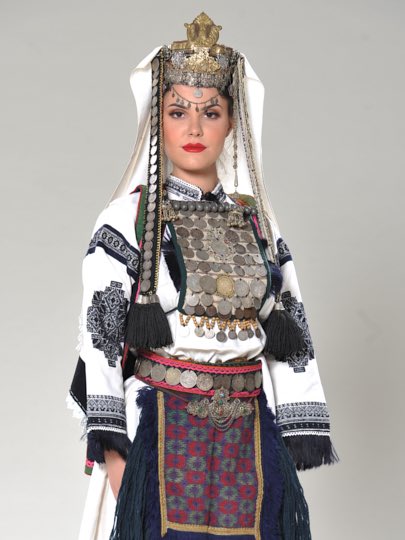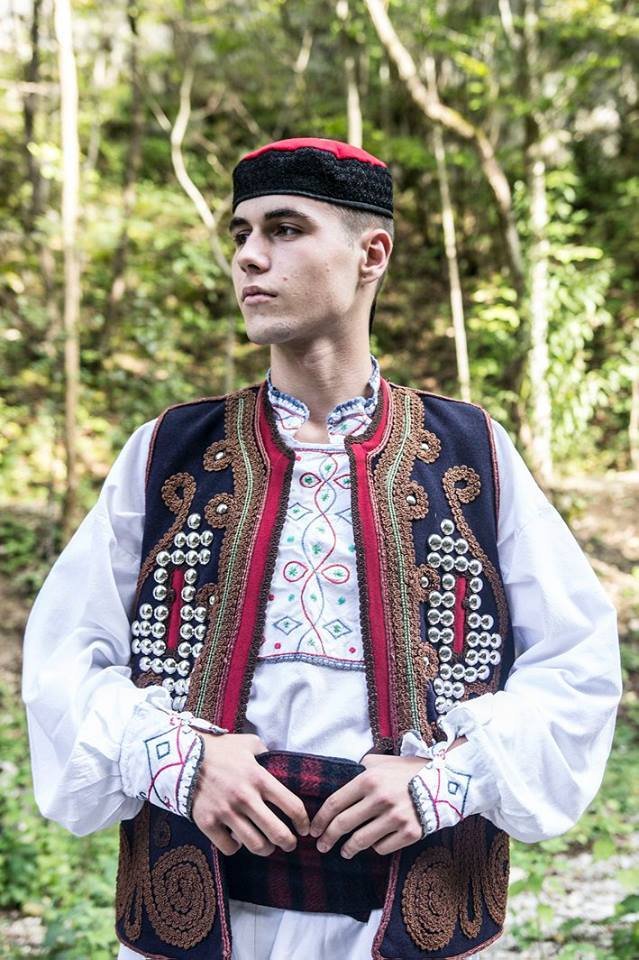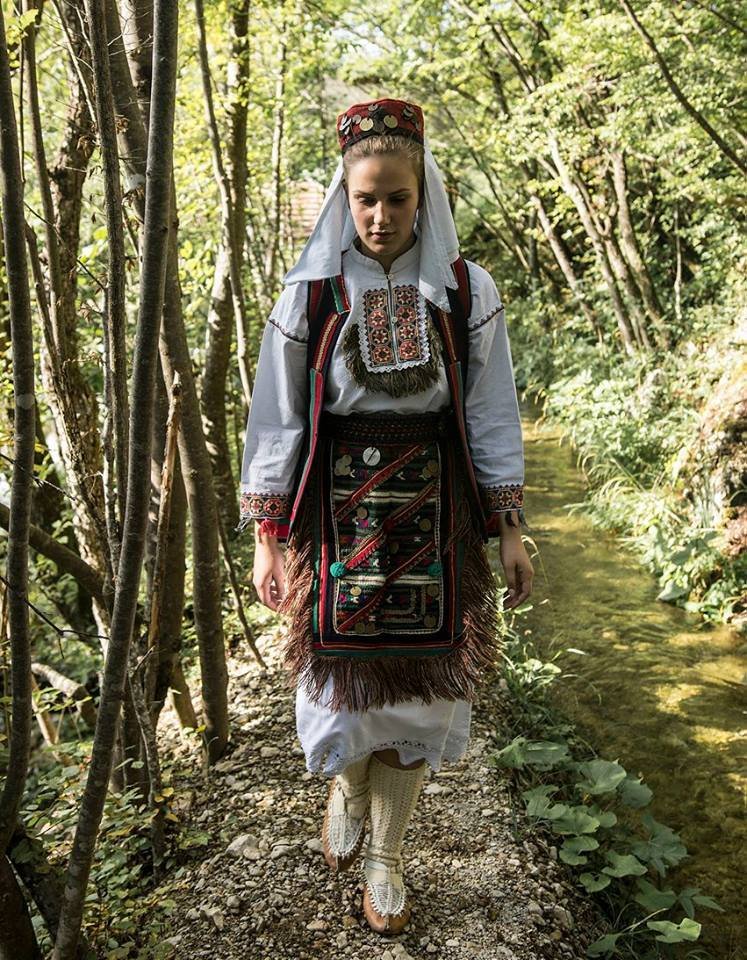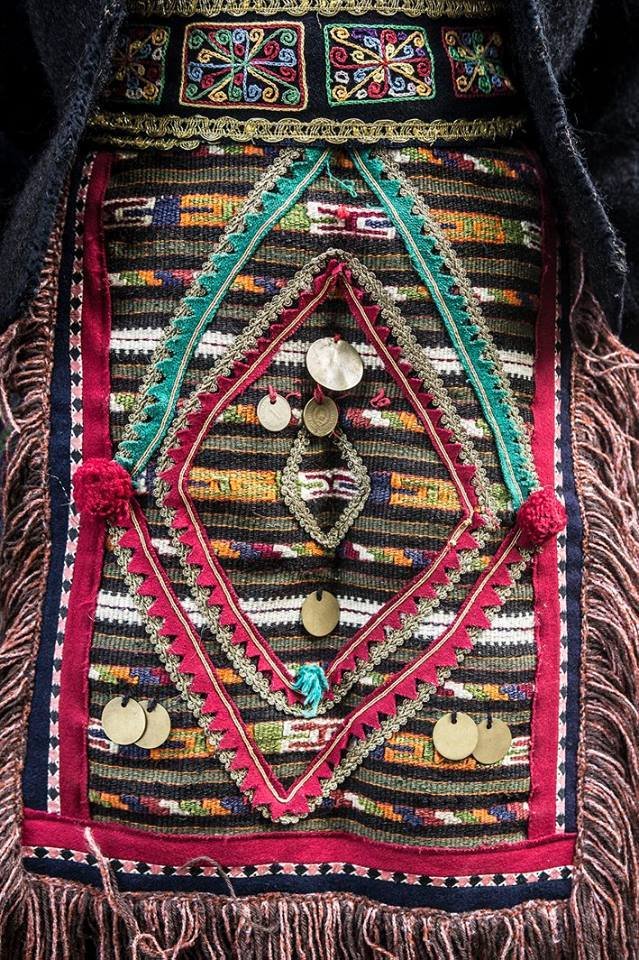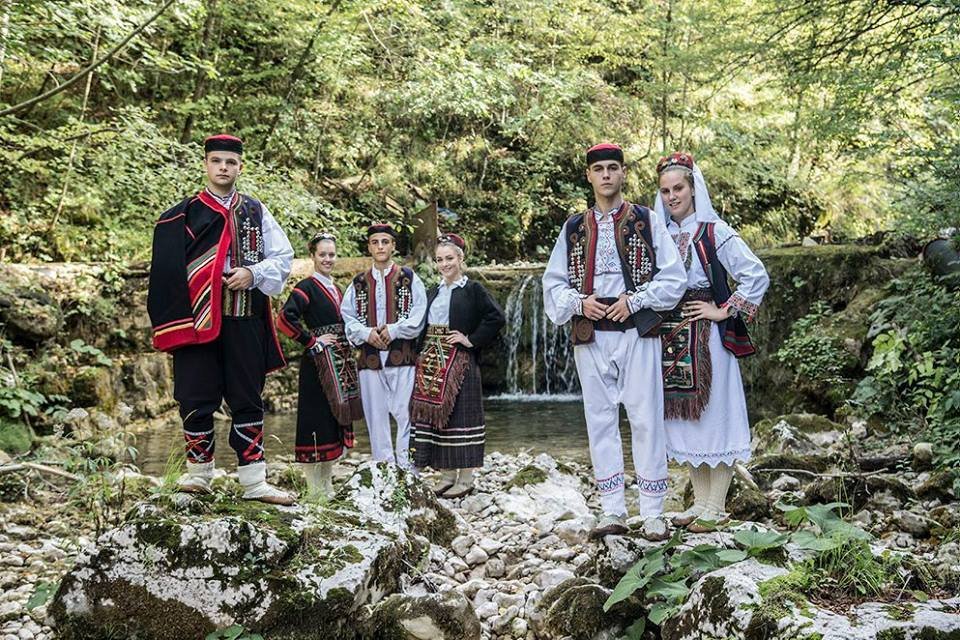(Dinaric) Serbian folk costume. Bosanska Krajina.
Динарски нардоне ношње. Босанска Крајина.
Photos of me wearing my prababa's wedding ensemble in Banja Luka. This specific piece, and her family, are from Piskavica. All photos I use will be costumes from Bosanksa Krajina.
Динарски нардоне ношње. Босанска Крајина.
Photos of me wearing my prababa's wedding ensemble in Banja Luka. This specific piece, and her family, are from Piskavica. All photos I use will be costumes from Bosanksa Krajina.
Serbian folk costumes have a distinctive place in the culture and tradition of Serbian people. The role of folk costumes throughout history has remained as symbols of ethnic identity, social status, and showing it’s distinguished artistic and aesthetic values.
There are three type of folk costume: Dinaric (Dinarski), Around River Sava (Posavski), and Central Bosnia (Srednjobosanski). We will be focusing on the Dinaric region, more specifically in "Bosanska Krajina" (northern portion of Bosnia).
Anthropologist and ethnographer Jovan Cvijic considered the Dinaric zone the most pure representation of Serbian folk culture, unadulterated by outside influences. Zmijanje have the most impact on the design of costumes in Bosanski Krajina.
Košulja (shirt) – an embroidered linen or hemp fibre cloth
Pregača (apron) – a woolen apron with long fringe; for girls, woven in bright designs.
stražnja pregača or lizdek – a short apron with very long fringe, worn to cover the backside (fell out of use around WWI)
Pregača (apron) – a woolen apron with long fringe; for girls, woven in bright designs.
stražnja pregača or lizdek – a short apron with very long fringe, worn to cover the backside (fell out of use around WWI)
Pojas (belt) – a woolen sash woven on a small heddle loom (coins, typically Austro-Hungarian, would be sewn to the belt for unmarried women)
Zubun – waist or hip length open vest/jacket made from wool, made in white or black/dark blue symbolizing the marital status of a woman.
Zubun – waist or hip length open vest/jacket made from wool, made in white or black/dark blue symbolizing the marital status of a woman.
Haljina (dress) – a heavy woolen garment that has long sleeves and a bodice like a coat, but a wider skirt.
Kapa (hat) – a shallow, red felt cap decorated with silver coins.
Đerdan – a necklace of silver coins (not from Bosanska Krajina, just an example on a Serbian woman)
Kapa (hat) – a shallow, red felt cap decorated with silver coins.
Đerdan – a necklace of silver coins (not from Bosanska Krajina, just an example on a Serbian woman)
Gerdan – a long apron covered in silver, representing a girls dowry; worn on special, public occasions
Pafte – silver belt buckle, ornately engraved, and with a pointed central point. Plants and birds are common on pafte. (From Serbian women in Sarajevo, 19th century)
Pafte – silver belt buckle, ornately engraved, and with a pointed central point. Plants and birds are common on pafte. (From Serbian women in Sarajevo, 19th century)
Ogledalo – a small mirror suspended from a chain or silk cord, worn hanging from the kanica; meant to thwart the evil eye. (Bride from Zmijanje. Notice how she averts her gaze and clutches at the mirror)
Opanci – oputnjaši of rawhide made from tanned leather by craftsmen
Opanci – oputnjaši of rawhide made from tanned leather by craftsmen
Bošča (headscarf) – Kerchief of white linen, with multicoloured floral and geometric embroidery. (Costume from Zmijanje)
female costumes are composed with long flax shirts cut out from one piece that are decorated with embroidery, and knee high socks made of knitted wool. Typical materials used to create costume were wool, flax, and hemp. (drawings of dresses and a zubun from Zmijanje)
Garments were decorated with embroideries of geometric, vegetable, and zoomorphic motifs. Orthodox christians wore embroidery with multi-colored threads. The arrangement of embroidery was dictated by tradition, of course:
on the bodice, two paired panels called krpice. at the shoulder seams, prerukavlje. on the sleeve hem, zarukavlje. occasionally, the skirt hem, skuti. and the collar: kolijera. This arrangement is also typical in the northern Dalmatia, which speaks to the migrations of the Serbs.
The most common ornamental elements in Zmijanjski Vez were rhombuses and polygons known traditionally as jabuke (apples). Arranging them in a cross-like pattern created the krst od jabuka (cross of apples), a usual ornament on kerchiefs.
Border or outline patterns were often done in repeating S or Z shaped curves called mrka kuka (dark hooks) or krivujica (squiggles). Larger ornaments, for the bodice or sleeve, included đulići (rosebuds), ognjilo (the firesteel), kolo (the ring, technically a rhombus)
loza krstačka (vine of crosses), grančice (twigs) and bjelolišće (white leaves, referring to the technique of outlining and filling in a background area, leaving an un-embroidered leaf shaped area).
Maiden costumes were the most noticeable, with brightly colored embroideries, mostly red, symbolizing reproductive power of women, their youth and beauty. (Embroidery details from košulja and bošča, Šipovo.) (left, Zmijanje, detail of lizdek. Centre & right, details of pregača.)
Zubuni, upper woolen vests, and aprons were the most important pieces of over clothing. Zubuni are usually made of course fabrics, and covers the hips. (Prnjavor and Kozara)
The head covering is the bošča, rich embroidery and a decorative cloth applique strip, called the mavez. For young married women, the mavez was bright red. Bošča might continue to be worn as long as they were raising young children. Older women, the mavez is dark blue instead.
A married woman’s costume has most of these elements, but with a few distinctions. Coins are taken out of the braids. The silver jewelry is not worn; this would have been because women of a certain age would have passed them to their daughters by then. (two girls of marrying age)
The colours of the pregača are more muted, and no additional ornamentation is added. The oldest variants of Zmijanje costume, unmarried girls wore white zubuni, while married women wore black/dark blue; in the interwar period only the latter became current.(man and married woman)
The men’s costume has some slight distinctions reflecting marital status or age than the women, they are fewer and less obvious. Male attire in the Dinaric region featured a knee length tunic, wide sleeves, sleeveless woolen waistcoat,
(Western Hercegovina)
(Western Hercegovina)
and a koporan which is a distinctive military-style short shirt with sleeves. Men typically wore a pair of linen pants underneath an external pair of wider woolen pants. The costume was tied together with a pojas.
(costumes from Zmijanje) (costumes from Drvar ,Western Bosnia)
(costumes from Zmijanje) (costumes from Drvar ,Western Bosnia)
Šalvare – winter trousers of heavy wool cloth, black brown or dark blue, with a slit at the ankles which is closed with hooks or buttons, and decorated with a multicoloured fringe.
Gunj – a sheepskin vest, varying from waist to knee length.
Gunj – a sheepskin vest, varying from waist to knee length.
Šubara – sheepskin hat.
Fes – fez. The right to wear a hat was gained by a young man when he had reached maturity or a marrying age.
Šal – a scarf wrapped around the fez. Older married men have the ša.
(neither specific to Bosansnka Krajina. just for show.)
Fes – fez. The right to wear a hat was gained by a young man when he had reached maturity or a marrying age.
Šal – a scarf wrapped around the fez. Older married men have the ša.
(neither specific to Bosansnka Krajina. just for show.)
costume from Drvar, photographer Petra Desica
(more photos https://www.facebook.com/media/set/?set=a.1854769447872437&type=3 )
(more photos https://www.facebook.com/media/set/?set=a.1854769447872437&type=3 )

 Read on Twitter
Read on Twitter